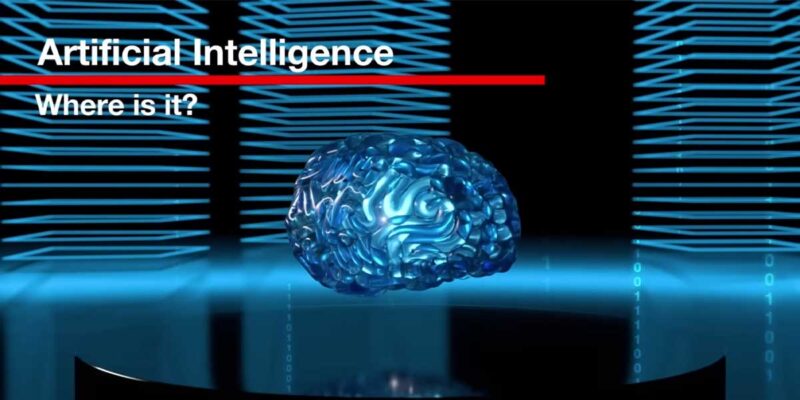Making Connections to the Future: Understanding Emerging Tech Is Important

There was a fascinating, science-based television program on television in the late 1970s. British scientist, historian, and journalist James Burke created a program called “Connections” that explored how one era’s technology led to the next and then the next, and eventually to the modern technologies that we lived with during the ‘70s. For example, his summary episode explained that civilization’s technology started with the plow, then we learned irrigation, developed pottery and related craftsmen, organized governments to manage the land, became experts in writing and mathematics and a designed calendar to predict floods which led to the development of empires and larger governments and then finally, a modern world where change happens so rapidly that one cannot keep up.
Seeing one piece of emerging technology and understanding how it will impact others and the future is a skill that we in AV and collaboration need. It is the lens through which we should all be learning about and evaluating devices and software applications as they come to market — especially now in the era of artificial intelligence.
If you want to understand how quickly things can move, think of the last time you picked up a remote control or pressed touch panel buttons to aim a room camera. It’s been a while, hasn’t it? This used to be the norm in videoconferencing only a few years ago, and now cameras generally do a fantastic job of framing the shots themselves. Similarly, the AI and machine learning technology has resulted in a significant behavior change in how we interact with videoconferencing rooms. Could we and should we have predicted that and prepared for it? Yes.
So, in light of that, what should we be preparing for now?
Well, for one, let’s look at microphones in the conference room. It’s not breaking news that the closer a microphone is to the person speaking, the better it will sound. Just about everyone makes video bars (or audio bars with cameras) nowadays, but the microphone arrays on them that sit in front of the room have generally been too far away from the people speaking to produce great sound. ProAV installations in these larger rooms often opt for ceiling mounted microphones to pick up better sound from those speaking. Those ceiling microphones usually have to be coordinated with general contractors to be installed — often in place of a room’s ceiling tiles in one location. It’s expensive, requires coordination and is generally a pain in the neck to do.
Those who have been paying attention have noticed that multiple manufacturers of these front-of-room bars have turned to AI to clean up that far away sound. The results have been spectacular. I’ve heard an individual sitting thirty feet away from a bar in a room with glass walls speaking while facing away from the bar that sounded like they were speaking directly into a hand microphone.
If AI can do that to a microphone that anyone can just drop into the front of a room, how many end users will still be buying (and paying for the trade coordination) to install ceiling microphones? How many expensive installations are on near-future plans that should honestly be changed ASAP?
For another example, let’s change focus to the cameras in these rooms. How many cameras are there in a typical videoconferencing room that holds eight people? One? Two? Maybe three if there is a multi-camera setup there? The correct answer is likely closer to twenty or more. Each participant likely has one or two cameras on their mobile device and/or notebook, in addition to the ones stationed in the room. If these cameras could be made to “talk” to each other and listen for who is speaking, then the cameras could always decide which one has the best shot at any given time and make sure the view of the room is optimized to that camera. We are actually not that far off from seeing these “camera arrays” in action in real life circumstances.
However, the ability to accomplish this will need more speed and agility than today’s platform-based cloud solutions are capable of achieving. The AI will need to take place at the edge — at the device level rather than the cloud. This means we can expect our notebook and smart-device processors to get quicker and smarter, and we can expect to see more devices in the room that make these decisions locally. This is not only my conclusion, but it was the conclusion of a panel of industry experts at a recent panel discussion at the Future Of Work expo in February. Every panelist agreed that the AI will need to be at the device and act without having to ask the cloud. What that means to us today is that any cloud solutions installed to drive multi-camera/multi-shot experiences will likely not last on the market for very long and should not be a part of any organization’s long-term planning. Is it currently on your wish list? Maybe you should rethink that.
Understanding how emerging technology might affect our future is more art than science, but it is an important perspective for AV and collaboration professionals to develop. It is one of the reasons I attend CES every year – because not every significant change to our industry happens because of a new device from one of our manufacturers. Sometimes it comes out of left field or, more accurately, Eureka Park.





